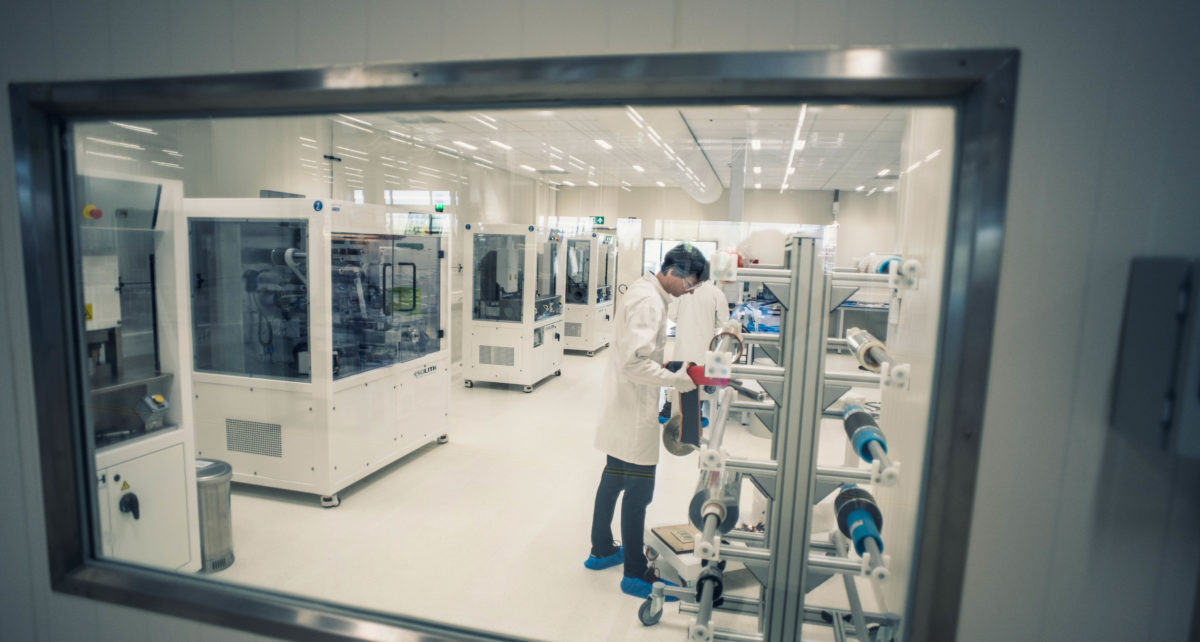With demand for energy storage set to go nowhere but up in the years ahead, it is vital to address issues common to battery technologies, with fire safety, energy density, durability and recyclability chief among them.
Solid-state batteries, which feature solid electrolytes rather than the liquids and gels used in lithium-ion alternatives, offer promising potential for energy storage, and research institutes and industrial players are working to bring the technology into large scale commercial production.
The University of California, San Diego (UCSD) is among the institutions working on solid-state batteries and has developed several solutions for new battery chemistries in its laboratory. Now, UCSD is taking a step back to look at the bigger picture for solid-state battery technology and the considerations that need to be taken into account as the battery type moves closer to production.
Challenges
In the paper From nanoscale interface characterization to sustainable energy storage using all-solid-state batteries, published in Nature Nanotechnology, UCSD researchers outline four considerations that should stay at the forefront of solid-state battery development, namely: stable chemical interfaces between electrolyte and electrodes, effective tools for characterization, sustainable manufacturing processes and design for recyclability.
“It’s critical that we step back and think about how to address these challenges simultaneously because they are all interrelated,” said Shirley Meng, a nano engineering professor at the UC San Diego Jacobs School of Engineering. “If we are going to make good on the promise of all-solid-state batteries, we must find solutions that address all these challenges at the same time.”
Chemical concerns
Popular content
Although the fabrication of solid-state electrolytes capable of performing at room temperature has been regarded as a key goal for the technology, the UCSD group pointed out multiple options now exist which can outperform liquid electrolytes so it is time to switch focus onto the chemical interactions between battery components. “At this point, we should shift our focus away from chasing higher ionic conductivity,” said Meng. “Instead, we should focus on stability between solid-state electrolytes and electrodes.”
Since solid electrolytes are typically less transparent than liquid alternatives, gaining insights into battery operation on a nanoscale is more complicated. The San Diego group noted solutions will soon be needed, and suggested possibilities including cryogenic freezing and x-ray imaging.
Scaling sustainably
Strong environmental concerns surround the supply chain for battery materials and solid-state technology has the potential to address some of them if the right approach is taken.
Designing solid-state batteries with recyclability and second-life usage in mind is key, according to the UCSD group, as well as having a strong supply chain that can be practically and affordably scaled up.
“Cost-effective reusability and recyclability must be baked into the future advances that are needed to develop all-solid-state batteries that provide high energy densities of 500 Wh/kg or better,” said UC San Diego nanoengineering professor Zheng Chen. “It’s critical that we don’t make the same recyclability mistakes that were made with lithium ion batteries.”
This content is protected by copyright and may not be reused. If you want to cooperate with us and would like to reuse some of our content, please contact: editors@pv-magazine.com.



31 comments
By submitting this form you agree to pv magazine using your data for the purposes of publishing your comment.
Your personal data will only be disclosed or otherwise transmitted to third parties for the purposes of spam filtering or if this is necessary for technical maintenance of the website. Any other transfer to third parties will not take place unless this is justified on the basis of applicable data protection regulations or if pv magazine is legally obliged to do so.
You may revoke this consent at any time with effect for the future, in which case your personal data will be deleted immediately. Otherwise, your data will be deleted if pv magazine has processed your request or the purpose of data storage is fulfilled.
Further information on data privacy can be found in our Data Protection Policy.